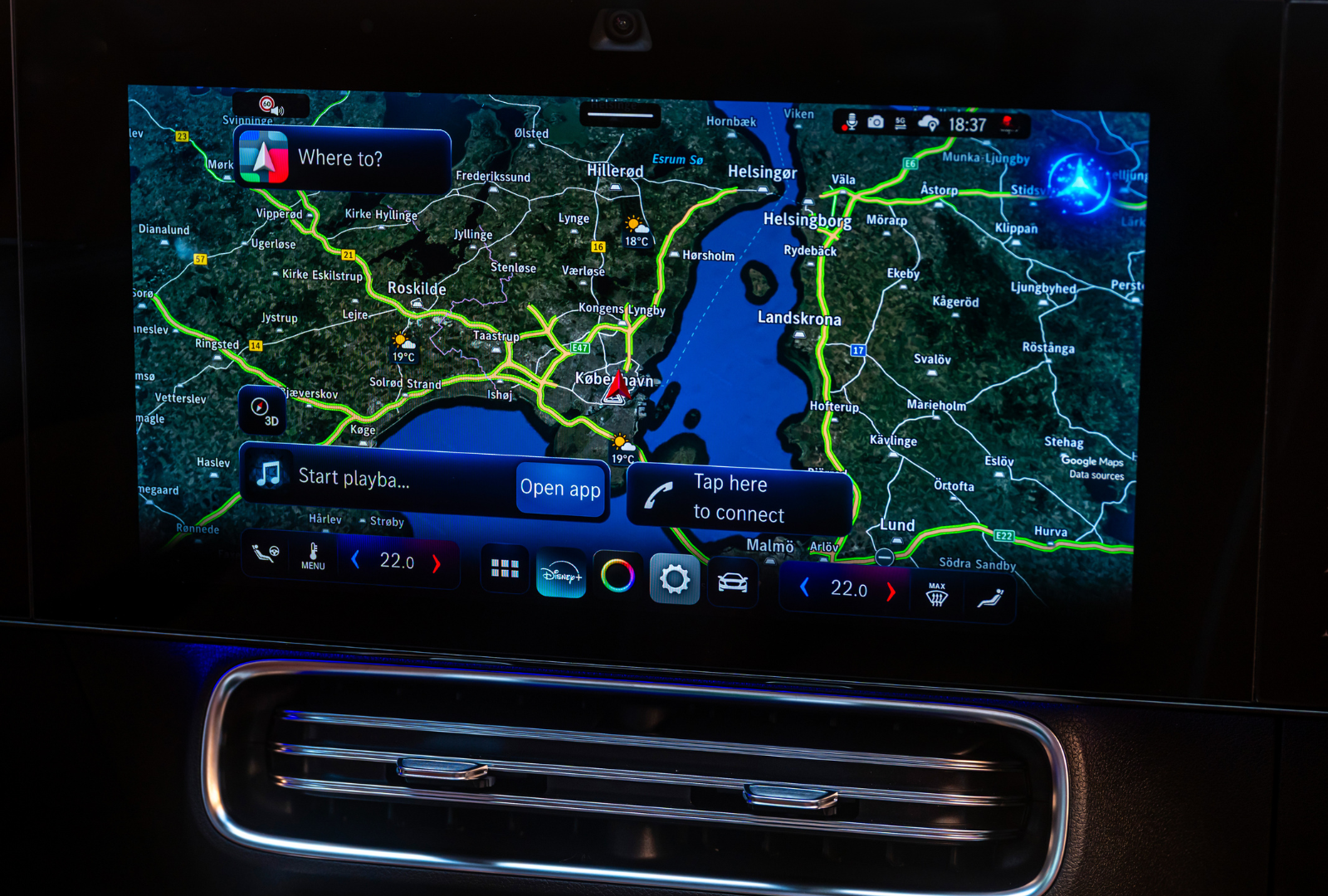
The American public is deeply skeptical of artificial intelligence (AI). Any vehicle that is marketed with AI at the front of the conversation has a steep hurdle to clear to prove itself as more than just a smartphone on wheels. The new Mercedes-Benz CLA sedan does just that.
A study by the Pew Research Center published earlier this year found that experts are far more positive and enthusiastic about AI than the general public. Around 35 percent of American adults have a negative view of AI, while only 17 percent view it positively.
Fifty-six percent of AI experts have a positive view of the technology, and 47 percent of experts are “more excited than concerned about the increased use of AI in daily life,” the Pew study revealed. However, just 11 percent of the public feels the same way.
Not only are people less than thrilled about the future of AI, but they also mistrust it. A 2025 study of 48,000 people in 47 countries by the University of Melbourne, in collaboration with KPMG, found that 66 percent of people are using AI with “some regularity,” but 58 percent of all respondents view the technology as untrustworthy.
Stepping into the car and getting behind the wheel to experience the latest in Mercedes-Benz platform, electric power, charging, safety and infotainment technology – all of it using AI – is natural from a brand identity standpoint. Look around: Even with the elevated appointments, new cabin design and enhanced features, the CLA is clearly a Mercedes-Benz.
Mercedes-Benz
There’s nothing unnatural or unapproachable about the AI-enhanced car. In fact, it being enriched with the technology may be the least interesting thing about it to the people buying and driving it.
Yes, it’s an all-electric, battery-powered car (a hybrid is coming later). But, its interior design removes many of the visual barriers traditionally associated with battery-electric vehicles. The car comes loaded with screens, physical button controls and cushy surfaces for arms to rest on. The seat is comfortable for hours at a time.
Even better is the car’s infotainment system. While much has been made of its ability to use AI to learn about its owner, the MB.OS technology is well-layered and easy to manage to execute mundane tasks, like accessing saved navigation routes.
And, its failings aren’t quite failings. Instead, there are a few things that could be better, like a closer view of the route when following navigation. You can pinch and zoom in/out but that view doesn’t stay. In European cities especially, having that view ability without needing to take your hands off the wheel while in traffic and looking for a turn would be appreciated.
How does it drive? The answer is simple: like a car. Mercedes-Benz leaves the aggression to its AMG arm here for their forthcoming version, instead delivering smooth and steady acceleration at a digestible rate with well-managed torque allocation as elegant in this electric as it is in the company’s hybrid E-Class. Steering too. Braking is a bit too soft on mid-speed rural road drives.
While the upgraded Mercedes-Benz CLA 350 is nothing to shake a stick at, having the lower-power CLA 250 yielded zero power complaints. That’s the benefit of electric power providing instantaneous torque.
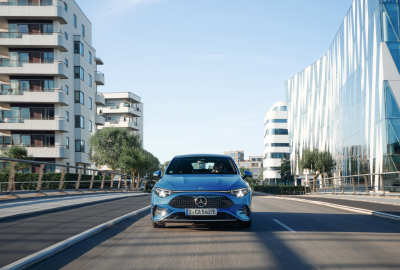
Mercedes-Benz
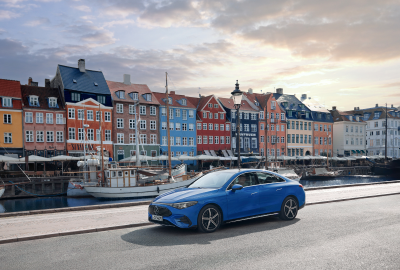
Mercedes-Benz
And, with around 400 miles of expected window sticker range, fast-charging capability and NACS and CCS charging ports, many potential customer adoption obstacles are no longer talking points.
Thanks to the car’s connected capability, things like braking feel and navigation views can be improved via an over-the-air update and don’t require a stop at the local dealership for an upgrade. And, Mercedes-Benz can turn those updates around fairly quickly.
The use of AI to digest the large amount of sensor data coming into the car to enable its various advanced driver safety system technology helps to keep the car in its lane on the highway while it maintains its speed camera-friendly rate of travel with aplomb.
AI controls other parts of the ownership experience as well, including charging, by combining navigation data with the car’s powertrain system to ensure that it arrives at the designated charge point with a system pre-conditioned to receive optimal electron input.
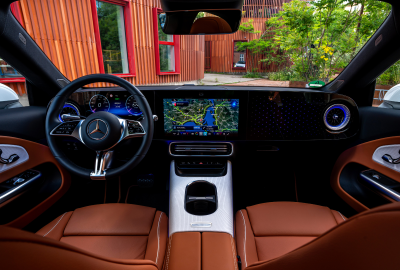
Mercedes-Benz
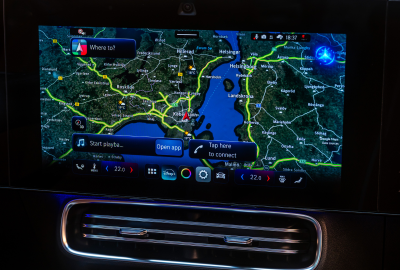
Mercedes-Benz
What it comes down to is this: Whether it’s infused with AI or not isn’t the point. The point is that this next-generation Mercedes-Benz CLA is a really good car. It ticks so many boxes that it simply cannot be overlooked as part of a new, entry-level luxury car buying experience.
Even more so, its success bodes well for the future of the company, which will see an all-electric version of its GLC SUV debut in September. Preliminary drives of it have revealed that it’s even better than the CLA.
